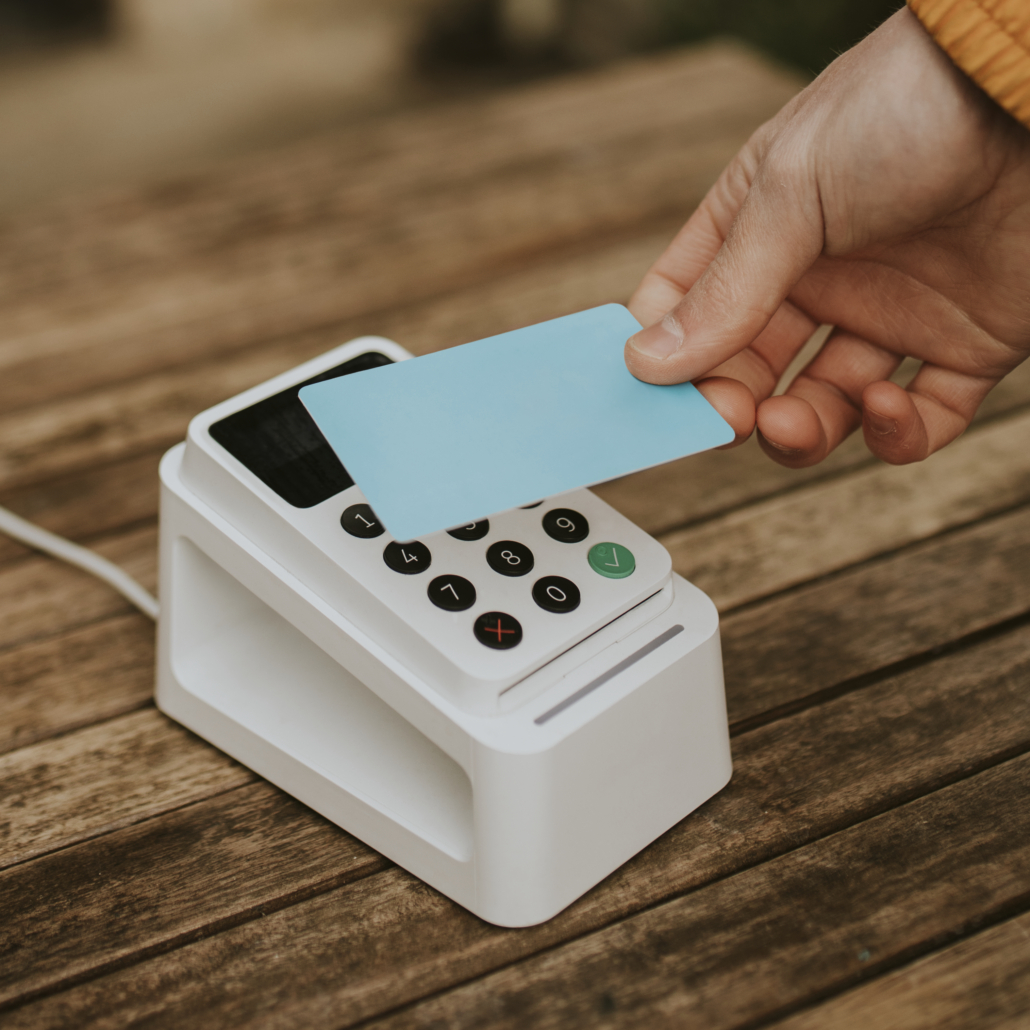What is Least Cost routing and how does it work?
Least Cost Routing (LCR) or ‘merchant-choice routing’ is when a payment is routed via the cheapest option for a merchant when a customer makes a contactless dual-network debit card transaction. LCR occurs either through Visa, Mastercard, or eftpos.
Debit card and payment cost
Debit cards enable people to make purchases or cash withdrawals from their deposit accounts. These accounts are provided by banks, credit unions or even building societies. No matter what the processing method is (either Visa, Mastercard, or eftpos), the transaction is drawn using the same deposit account.
However, depending on which of the three networks handles the transaction, the fee the retailer must pay to their banking institution for accepting a debit card transaction can change. Payments made through the eftpos network can often be much more affordable for retailers than those made through international networks such as Mastercard or Visa.
MasterCard, Visa and Eftpos payment network
Almost all debit cards in Australia are dual-network debit cards. These are cards that can make payments through either eftpos or one of two international networks. These global networks are either Visa or Mastercard and have their respective logo on one side of a card and have an eftpos logo on the opposing side. Regardless of what network a customer chooses to make a payment through, the transaction is still drawn from the same deposit account. The only difference is that an alternative route is taken to reach the customers’ account.
Least Cost Routing is expected to bring down payment costs by (1) giving merchants the ability to route dual-network debit card transactions through the lowest-cost network and (2) increasing the competitive pressure between the debit card payment schemes, such that there is greater incentive for all schemes to lower the fees, interchange fees and scheme fees, that they set on debit card transactions. These fees are a crucial component of the price that merchants pay to accept card payments.
The benefits of LCR for Merchants
The main aim of Least Cost Routing is to reduce the costs of payments within the economy. There are two different methods to do this:
- It enables businesses to route dual-network debit card transactions to the least expensive network.
- It helps facilitate greater competition among debit card payment schemes, increasing the pressure on all card schemes to reduce the interchange and scheme fees they impose on debit card transactions.
These fees significantly affect how much it costs businesses to accept payments via debit cards.
Australian Payment System and LCR
The Australian Reserve Bank’s Payments System Board is responsible for encouraging the efficiency and competitiveness of the Australian Payment System. According to this directive, the Board favours giving consumers dual-network cards and giving retailers these least-cost routeing capabilities.
The Reserve Bank has been observing the industry’s development in allowing businesses to route dual-network contactless debit card transactions to the network with the lowest processing costs. While most banks and payment providers within Australia were familiar with some form of LCR by the middle of 2019, the actual implementation of such a system remains moderate. This is due to the lack of promotion and knowledge of the advantages of LCR.
Australian Competition and Consumer Commission (ACCC) and LCR
By the end of 2022, all payment intermediaries and acquirers who offer merchant’s card acceptance services are expected to offer LCR for online and in-person transactions to their respective merchants.
In combination with payment intermediaries reporting on their LCR offerings and implementations to the bank every six months, the banks are also asked for voluntary agreements from other international schemes.
This aims to ensure that merchants are not penalised with high interchange rates on credit transactions through route transactions with eftpos. This is to ensure that the use of LCR is not discouraged and reduces the competition in the market for credit cards.
However, in June this year, one international network, Mastercard, was charged by the ACCC because the card schemed has been participating in anti-competitive behaviour regarding the provision of debit card acceptance services. It has been discovered that the company entered into arrangements with over 20 different retailers to process almost all their Mastercard-eftpos debit card transactions straight through the Mastercard network over other cheaper options. With similar action taken against Visa last year, the ACCC is pursuing “declarations, penalties, costs, and other orders” in its lawsuit, which is being taken to the Federal Court.
Currently, with a 70% market share in debit card transactions in Australia, Mastercard and Visa are the market leaders.
Challenges Merchants faced by LCR
Although decreased interchange rates for merchants have been associated with least cost routing, evidence shows that there have also been increases in the rate of other types of debit transactions, mainly where there is no option of LCR.
Recent trends, including the changes in technology for card payments, have shown several challenges for LCR. Challenges include card issuers aiming to move towards issuing single-network debit cards, which only allow payments to be processed through one network, and the switch towards new card payment technologies, such as mobile wallets, where LCR has not yet been possible. There are also concerns from merchants who fear that using LCR for debit transactions might incur higher fees on interchange rates on credit transactions.
Takeaway and how Merchant can get started
Merchants should enquire about the feasibility of LCR with their payment services provider. If a merchant’s present payment processor cannot offer LCR, they may decide to look at other providers or upgrades to payment terminal software and terminal replacement may be necessary for LCR.
